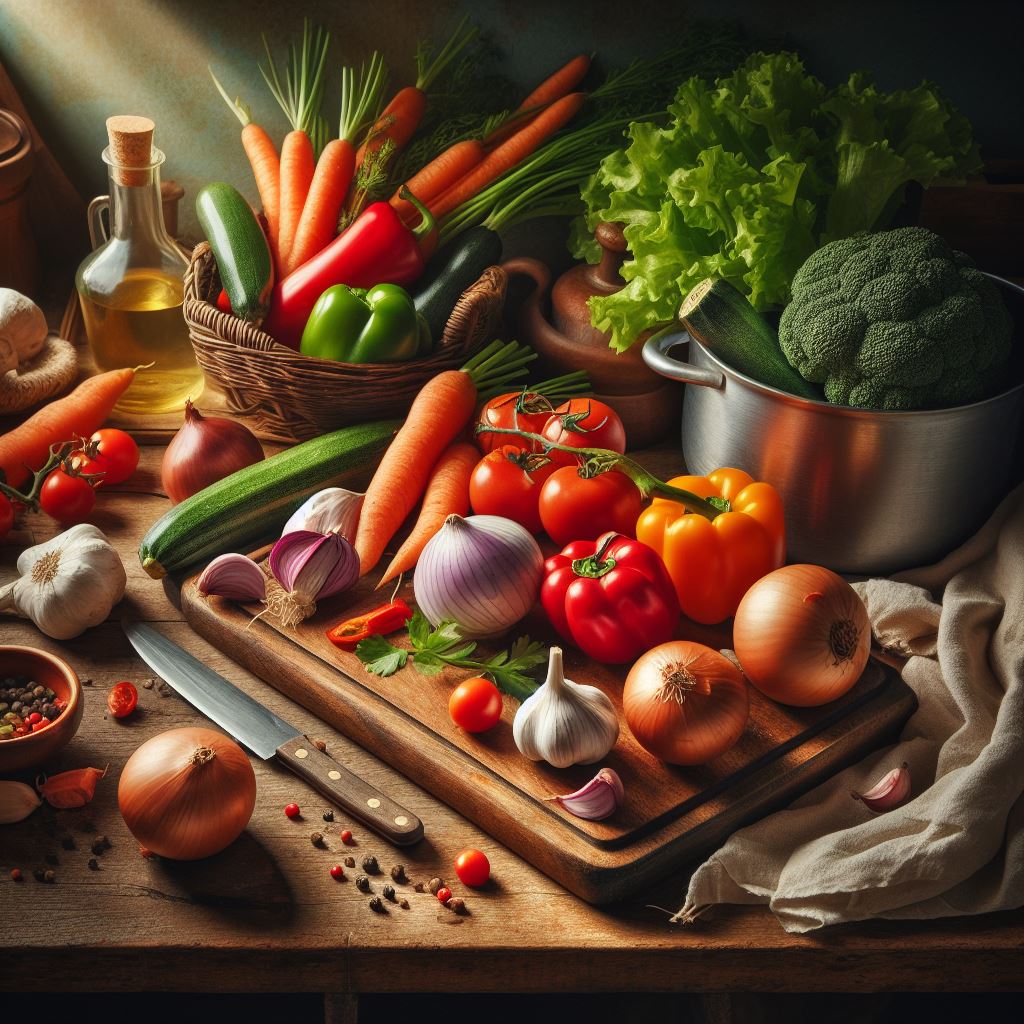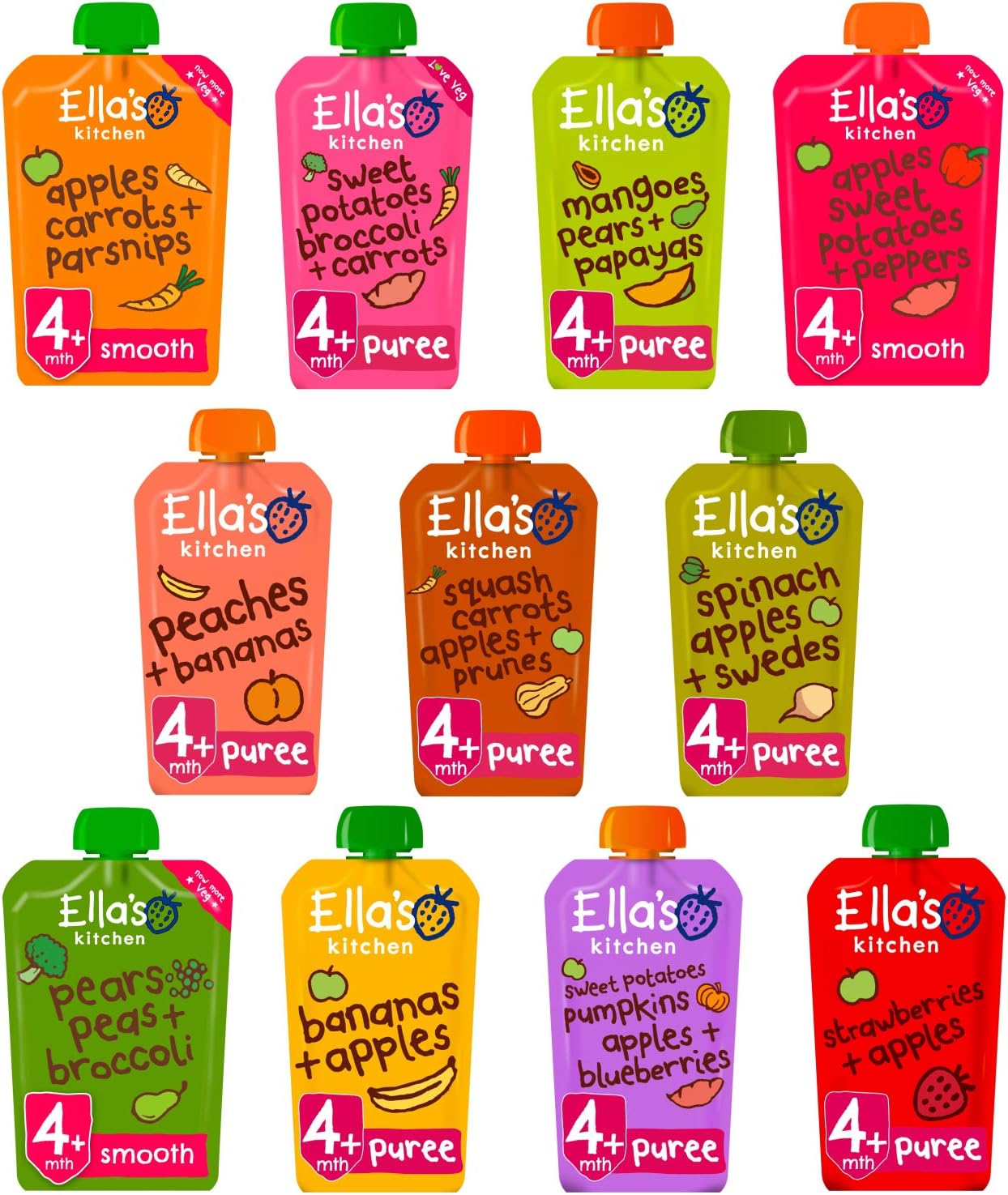Introduction to weaning
Weaning is an important milestone in your baby’s development, as it marks the transition from exclusive breastfeeding or formula feeding to solid foods. Introducing vegetables early on in the weaning process can have numerous benefits for your little one’s nutrition and overall health. This article will provide you with tips and tricks on how to successfully incorporate vegetables into your baby’s diet during the weaning phase.

The importance of introducing vegetables into your baby’s diet
Vegetables are packed with essential nutrients that are crucial for your baby’s growth and development. They are rich in vitamins, minerals, and antioxidants that support a healthy immune system, aid in digestion, and promote good eyesight. By introducing vegetables early on, you are setting a solid foundation for your baby’s future eating habits, ensuring they develop a taste for nutritious foods from the start.
Benefits of a vegetable-based weaning approach
Opting for a vegetable-based weaning approach has several advantages. Firstly, vegetables are low in calories and high in fibre, making them an ideal choice for introducing solid foods to your baby. This helps prevent the risk of childhood obesity and promotes healthy digestion. Secondly, vegetables offer a wide variety of tastes and textures, allowing your baby to explore different flavours and develop their palate. Lastly, a vegetable-rich diet has been linked to a reduced risk of chronic diseases later in life, such as heart disease, diabetes, and certain types of cancer.
When to start introducing vegetables to your baby
The American Academy of Pediatrics recommends starting solids between four to six months of age when your baby shows signs of readiness. These signs include sitting up with minimal support, showing interest in food, and being able to hold their head up steadily. It is important to consult with your paediatrician before introducing solids to ensure your baby is developmentally ready. Once you have the green light, you can begin introducing vegetables gradually, one at a time, to observe any potential allergies or adverse reactions.
Tips for successful vegetable weaning
Start with single-ingredient purees: Begin by introducing simple vegetable purees such as steamed carrots or mashed sweet potatoes. This allows your baby to get accustomed to the taste and texture of vegetables without overwhelming their palate.
Be patient and persistent: It may take several attempts before your baby accepts a new vegetable. Don’t give up! Continue offering a variety of vegetables, even if they initially reject them. It often takes multiple exposures for babies to develop a liking for certain foods.
Get creative with presentation: Make mealtimes fun by appealingly presenting vegetables
. You can puree vegetables and mix them with other foods, like mashed avocado or banana, to enhance the taste and texture. Additionally, you can cut vegetables into fun shapes or make colourfulvegetable puree popsicles for a playful twist.
Offer a variety of vegetables: Aim to introduce a wide range of vegetables to provide your baby with a diverse array of nutrients. Include leafy greens like spinach or kale, vibrant vegetables like bell peppers or beets, and starchy vegetables like sweet potatoes or squash.
Involve the whole family: Make mealtimes a family affair by including everyone in the vegetable-weaning journey. When your baby sees other family members enjoying vegetables, they are more likely to follow suit.
How to prepare and cook vegetables for your baby
Preparing and cooking vegetables for your baby requires a few extra steps to ensure they are safe and suitable for their developing digestive system. Here are some guidelines to follow:
Wash thoroughly: Rinse vegetables under running water to remove any dirt or pesticides. If using leafy greens, separate the leaves and soak them in clean water to remove any remaining debris.
Cook until soft: Babies need their vegetables to be cooked until they are soft and easily mashed or pureed. Steaming, boiling, or baking are the preferred cooking methods to retain the maximum amount of nutrients.
Avoid added salt and seasonings: Babies have delicate taste buds, so it’s best to avoid adding salt, sugar, or other seasonings to their vegetables. Let them experience the natural flavours of the vegetables.
Consider baby-led weaning: If you choose to follow a baby-led weaning approach, you can offer soft, cooked vegetable sticks or chunks for your baby to explore and self-feed. Ensure the pieces are large enough for them to grasp but small enough to prevent choking hazards.
Creative ways to incorporate vegetables into your baby’s meals
Introducing vegetables doesn’t have to be bland. Here are some creative ideas to make vegetables more appealing to your little one:
Vegetable puree pancakes: Mix vegetable purees like sweet potato or beetroot into pancake batter for a colourful and nutritious twist.
Veggie-loaded omelettes: Add finely chopped vegetables such as spinach, mushrooms, or grated carrots to your baby’s omelettes for added nutrients and flavour.
Veggie-packed pasta sauces: Blend cooked vegetables like butternut squash or zucchini into pasta sauces for a hidden veggie boost.
Sweet vegetable muffins: Sneak grated vegetables like carrots or zucchini into muffin recipes for a naturally sweet and nutrient-rich treat.
Veggie popsicles: Blend a variety of vegetables with a little bit of fruit puree and freeze them into popsicle moulds for a refreshing and nutritious snack.
Common challenges and how to overcome them during vegetable weaning
While introducing vegetables to your baby’s diet can be exciting, it may also come with challenges. Here are some common hurdles and how to overcome them:
Food refusal: If your baby consistently refuses vegetables, try combining them with familiar foods they enjoy. Gradually increase the proportion of vegetables over time.
Texture aversion: Some babies may struggle with certain textures. Experiment with different cooking methods, such as roasting or steaming, to find the texture that your baby prefers.
Allergies: Always be cautious when introducing new foods, especially if your family has a history of food allergies. Start with a small amount and monitor your baby closely for any signs of an allergic reaction.
Limited availability: If fresh vegetables are not readily available, frozen vegetables can be a convenient and nutritious alternative. They are often picked at their peak ripeness and retain their nutritional value.
Time constraints: Preparing homemade baby food can be time-consuming. To save time, consider batch cooking and freezing portions of vegetable purees for future use.
Recommended vegetable options for weaning
When it comes to choosing vegetables for weaning, here are some options that are generally well-tolerated and packed with nutrients:
Carrots: Carrots are high in beta-carotene, which is converted into vitamin A in the body. They have a mild, sweet taste that babies often enjoy.
Sweet potatoes: Sweet potatoes are a great source of dietary fibre, vitamin C, and vitamin B6. They have a naturally sweet flavour that appeals to babies.
Avocado: While technically a fruit, avocados are a versatile and nutritious option for weaning. They are rich in healthy fats, fibre, and several vitamins and minerals.
Peas: Peas are a good source of protein, iron, and vitamin K. Their mild taste and soft texture make them a popular choice for weaning.
Butternut squash: Butternut squash is rich in vitamin A, vitamin C, and dietary fibre. Its creamy texture and slightly sweet flavour make it appealing to babies.
Conclusion and the long-term benefits of a vegetable-rich diet for your baby
Introducing vegetables into your baby’s diet during the weaning phase is a wonderful way to boost their nutrition and establish healthy eating habits from an early age.
By following the tips and tricks outlined in this article, you can ensure a successful vegetable weaning experience. Remember to be patient, provide a variety of vegetables, and get creative with presentation to make mealtimes enjoyable for your baby.
The long-term benefits of a vegetable-rich diet include reduced risk of chronic diseases, improved digestion, and enhanced overall health. So, start your baby’s weaning journey with veg and set them on a path to a lifetime of healthy eating habits.
Explore our range of nutritious baby food products, specially formulated to support your baby’s weaning journey with the goodness of vegetables.








